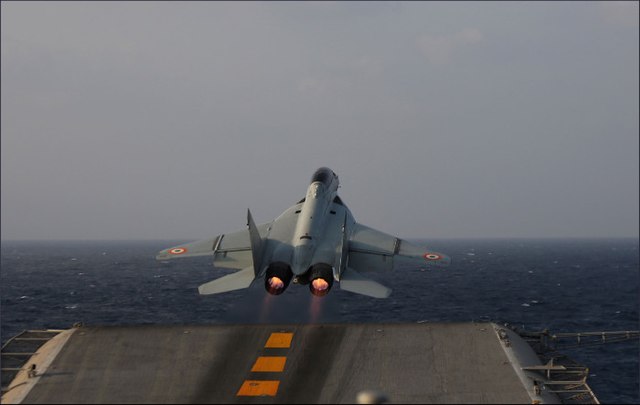
CRITICALITY OF AIRPOWER IN THE INDIAN NAVY
 Sun, 15 Dec 2024
| Reading Time: 6 minutes
Sun, 15 Dec 2024
| Reading Time: 6 minutes

On December 4, 2024, the Indian Navy (IN) celebrated Navy Day. The Indian Navy has made significant progress since its inception, growing from a fleet of just 35 warships at the time of Independence in 1947 to a current fleet of 150 warships and submarines, with an additional 62 ships and submarines under construction. The Navy’s goal is to expand its fleet to 175 ships and submarines by 2035 and to 200 by 2047.
However, on August 15, 1947, the (Royal) Indian Navy did not have any air arm. It was not until January 1949 that the first batch of 13 Indian officers began their flight training. This led to the establishment of the first air station, INS Garuda, along with the Fleet Requirement Unit (FRU) in Kochi on May 11, 1953. The FRU was recommissioned as INAS 550, the Indian Navy’s first air squadron, on June 15, 1959.
As of today, the Indian Navy operates 23 air squadrons, over 300 aircraft, two aircraft carriers, and approximately 5,000 personnel. This positions the Indian Navy as comparable to the 34th largest air force in the world. While every aircraft in the Indian Navy is important, whether it is a Long-Range Maritime Patrol (LRMP) aircraft or an Anti-submarine Warfare (ASW) aircraft, the excitement generated by an aircraft carrier is unmatched. Only seven countries globally operate aircraft carriers, including Russia if still counted among them. India’s first aircraft carrier, INS Vikrant, was commissioned on March 4, 1961.
The Indian Navy has an illustrious history of operating four aircraft carriers since 1961. Currently, India has two active aircraft carriers: INS Vikramaditya and the indigenous INS Vikrant. These aircraft carriers are classified as “fleet aircraft carriers,” and shouldn’t be mixed up with “strike aircraft carriers.” This means they are designed to be an integral part of a mutually supportive and synergistic Carrier Battle Group (CBG).
According to Indian Defence Minister Rajnath Singh, construction is underway for the fifth aircraft carrier, known as Vishal (IAC II), and he also hinted at plans to potentially acquire five or six more aircraft carriers. This has led to speculation about India possibly considering Japan’s Kaga helicopter carrier-style ships, along with short take-off and vertical landing (STOVL) fighters.
Some of the Indian Navy Aircraft:
| Aircraft | Role | Numbers | |
| Mig-29K | Multirole Fighter | 45 | 40 remain |
| Rafale-M | Multirole Fighter | 26 planned | |
| P-8I Neptune | ASW/Patrol | 12 | |
| Dornier 228-201 | Surveillance | 31 | 6 on order |
| Ka-31 | AEW | 14 | |
| Ka-28 | ASW | 14 | |
| MH-60R | ASW/ASuW | 9 | 15 pending |
| Sea King 42B/C | ASW/Utility | 25 | |
| Heron UAV | Surveillance | 14 | |
| Drishti UAV | Surveillance | 2 | Performance not up to the required standards |
| MQ-9B UAV | Surveillance/Combat | 15 on order |
The Ownership of the Indian Ocean
According to global naval power rankings, the Indian Navy is ranked seventh overall. However, in the Indian Ocean, the Indian Navy holds a unique position due to its geographical advantages and the other commitments of more powerful navies. Airpower plays a crucial role in this power projection.
A statement by the former Commanding Officer of the P-8I squadron (INAS 312) captures this well: “There is no possibility that any ship or submarine would pass through the Indian Ocean Region without the 312-squadron knowing about it.”
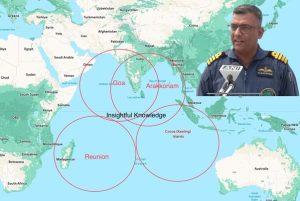
Some may view this statement as hyperbole, but there is a kernel of truth in it. With the addition of MH-60R helicopters and their interoperability with the P-8I, the Indian Navy’s capabilities have received a significant boost. All MH-60R helicopters are expected to be delivered by 2025. Another platform that will further enhance the Indian Navy’s capabilities is the MQ-9B drone, with deliveries anticipated to begin in 2029 and be completed by 2030.
The P-8Is are equipped with AGM-84L Harpoon Block II missiles, MK-54 lightweight torpedoes, MK-82 depth charges, magnetic anomaly detectors (MAD), sonobuoys, and electronic support measures (ESM), along with other sensors. Similarly, the MH-60R is armed with Mk-54 torpedoes, Hellfire air-to-surface missiles, crew-served guns, multi-mode radar, dipping sonar, sonobuoys, and ESM equipment. MQ-9B drones carry electronic intelligence (ELINT) and signal intelligence (SIGINT) pods, Hellfire missiles, and 450 kg of GBU-39B laser-guided bombs.
The Dornier 228, despite its range limitations, serves as an additional capacity enhancer. It is equipped with advanced sensors, advanced surveillance radar, ELINT, optical sensors (including a low-light charge-coupled device camera and an infrared camera), and networking features. Hindustan Aeronautics Limited (HAL) is in the process of upgrading these sensors for $348.6 million.
The gap between the P-8I and Dornier-228 will be filled by the Airbus C-295. The Indian Navy is likely to issue a Request for Proposal (RFP) to acquire nine C-295 aircraft. In the anti-submarine warfare (ASW) role, these aircraft would be equipped with sonobuoys and lightweight torpedoes. There are discussions about arming these aircraft with short and long-range anti-ship missiles (NASM-SR and NASM-MR), although this would require extensive trials and testing.
The Aircraft Carriers
When the Chinese navy had only one limited aircraft carrier, the Liaoning, they criticized other countries operating aircraft carriers, including India. They boasted that these “sitting ducks” were just a missile away from being targeted by intermediate-range ballistic missiles, such as the DF-26, which they dubbed an “aircraft carrier killer.” Despite this, today they operate three aircraft carriers: the Liaoning, the Shandong, and the Fujian. Plans are afoot to operate six aircraft carriers.
Within India, there has been considerable debate about whether to invest in additional aircraft carriers or submarines. Some have compared the exorbitant cost of an aircraft carrier to that of a shore base. Indeed, the cost of INS Vikrant was $3.1 billion, but it has a lifecycle of 40 to 50 years. Moreover, what an aircraft carrier can achieve cannot be matched by an airbase. Therefore, comparing an aircraft carrier to a submarine or an airbase is a flawed argument.
Next, let’s discuss survivability. While missiles like the DF-26 pose a genuine threat to aircraft carriers, they are not the only dangers; enemy ships, submarines, and aircraft also present significant risks. However, locating an aircraft carrier is not an easy task. An enemy nation must undertake a comprehensive surveillance operation to pinpoint an aircraft carrier, which is quite challenging, especially when the entire carrier battle group (CBG) is on the move, potentially covering hundreds of miles in a single day. According to Dr. Lauren Thompson of the Lexington Institute, “Even if an aircraft carrier has been located and a missile launched, in 30 minutes it may have maneuvered anywhere within a circle measuring 700 square miles. After 90 minutes, the area expands to 6,000 square miles.”
Vice Admiral Pradeep Chauhan elaborates on this in his article “Indian Maritime Power.” He notes that it would require 471 ships deployed and searching around the clock to adequately cover the Arabian Sea and detect an aircraft carrier. Given that the Indian Ocean is nearly 20 times larger than the Arabian Sea, even with air assets, satellites, and ground-based radars, finding an aircraft carrier remains a significant challenge for any major navy.
The concerns
The Indian Navy is currently facing significant challenges, primarily due to a lack of reliable deck-based fighters and a decreasing number of shipborne helicopters. Since 2010, the Navy has been inducting promising MiG-29K aircraft, which are capable of carrying a variety of munitions. These munitions include laser-guided and electro-optical bombs, air-to-surface missiles (such as the Kh-25ML, Kh-25MP, Kh-29T, Kh-31G, Kh-31A, and Kh-35U), passive radar seeker missiles (Kh-31P), anti-ship missiles (Kh-35 and Kh-31A), as well as air-to-air missiles (RVV-AE, R-27ER/ET, and R-73E).
However, in just 14 years, there have been five crashes involving these aircraft, and their serviceability rate has been alarmingly low, ranging between 15.93% and 47.14%. This means that only 7 to 19 fighters are available for deployment at any given time, which is inadequate to meet the needs of even a single aircraft carrier. Although the MiG-29Ks are designed to have a life cycle of 25 years, given the serious deficiencies, it is highly unlikely that the Navy will extend their service beyond 2035.
To address these shortfalls, India is preparing to order 26 Rafale-M fighters worth €7 billion, likely early next year. However, the first delivery will not occur until three years after the signing of the agreement. The phasing out of the MiG-29K coincides with the production and induction schedule of the Twin Engine Deck Based Fighter (TEDBF) from the Defence Research and Development Organisation (DRDO). The Indian Navy is expected to initially order 87 TEDBF units, followed by an additional 58 aircraft.
The TEDBF program is currently running two years behind schedule, awaiting approval from the Cabinet Committee on Security (CCS). If all goes according to plan, the fighter is likely to make its first flight in 2028, with production set to begin by 2034, followed by induction. However, the success of this program hinges on the availability of the GE-F414 engine, which will power the TEDBF. Hindustan Aeronautics Limited (HAL) is already facing difficulties with General Electric, which has adversely impacted the Tejas Mk-1A and Advanced Medium Combat Aircraft (AMCA) programs. Consequently, the TEDBF program may be a lower priority compared to these two critical programs for the Indian Air Force.
Additional concerns include the long-delayed procurement of four Landing Dock Platforms (LPD), which has been pending for the past 20 years, and the impending retirement of the Sea King Mk-42B/C helicopters. While some may argue that the MH-60R helicopters serve as replacements for the Sea King Mk-42Bs, the expanding Indian fleet and the operation of two aircraft carriers require significantly more than the mere 24 MH-60Rs currently available.
Today, in terms of planning and procurement, the Indian Navy is in a better position compared to the Indian Army and the Indian Air Force. The Navy is already working on acquiring dedicated refuelers to support its expanding fleet of fighter jets, which the Air Force is struggling to manage. However, the Navy must prioritize its more immediate and pressing requirements.
Given the current geopolitical landscape, it is more crucial than ever to expedite the development of the TEDBF, the procurement of LPDs, and the acquisition of additional helicopters. Above all, the IAC II should be designed with fighters and drones in mind, rather than repeating the current situation. The Navy must address these deficiencies, as they impose significant restrictions on its ability to achieve full operational capability.
Disclaimer
The opinions expressed in this article are the author’s own and do not reflect the views of Chanakya Forum. All information provided in this article including timeliness, completeness, accuracy, suitability or validity of information referenced therein, is the sole responsibility of the author. www.chanakyaforum.com does not assume any responsibility for the same.
Chanakya Forum is now on . Click here to join our channel (@ChanakyaForum) and stay updated with the latest headlines and articles.
Important
We work round the clock to bring you the finest articles and updates from around the world. There is a team that works tirelessly to ensure that you have a seamless reading experience. But all this costs money. Please support us so that we keep doing what we do best. Happy Reading
Support Us






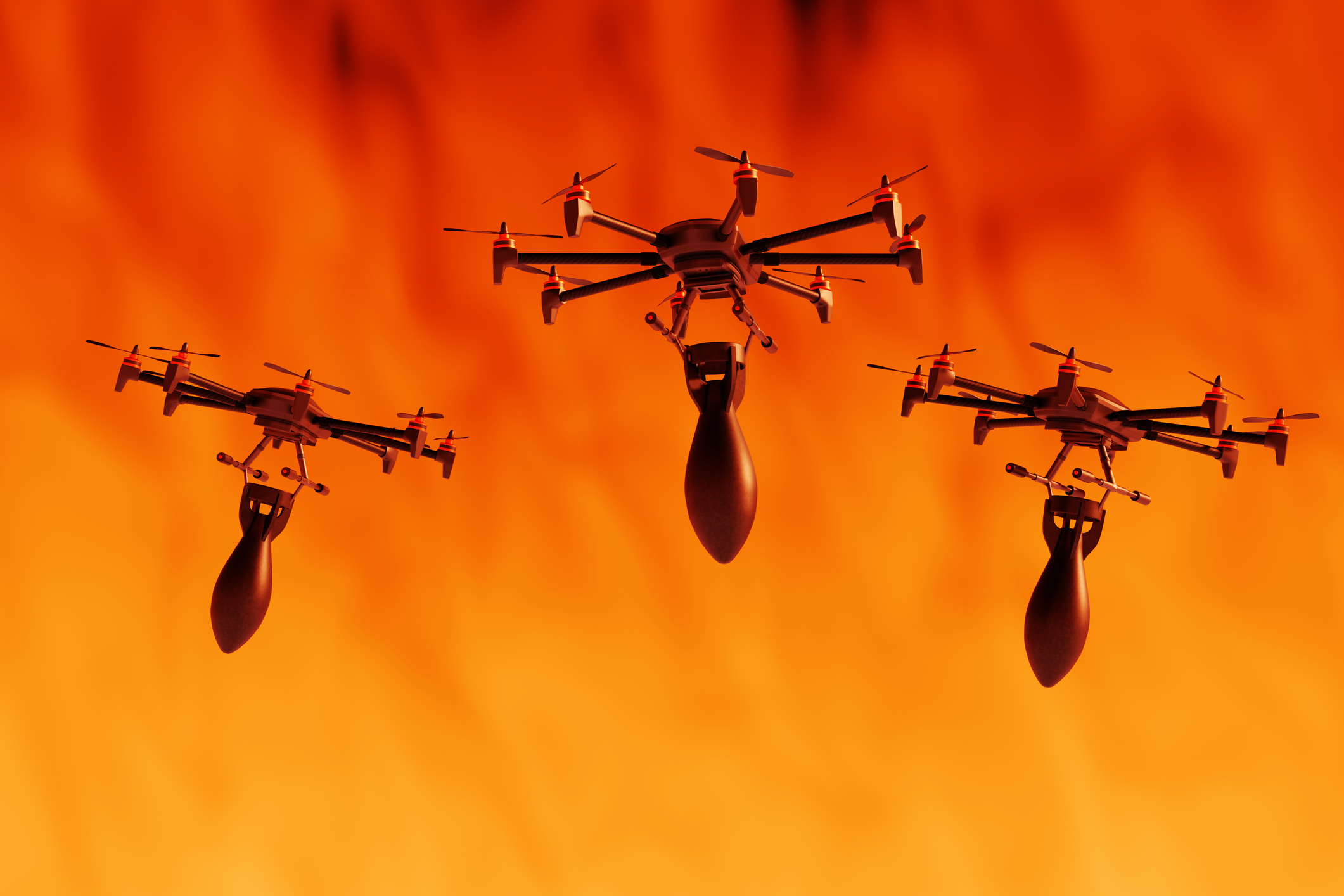



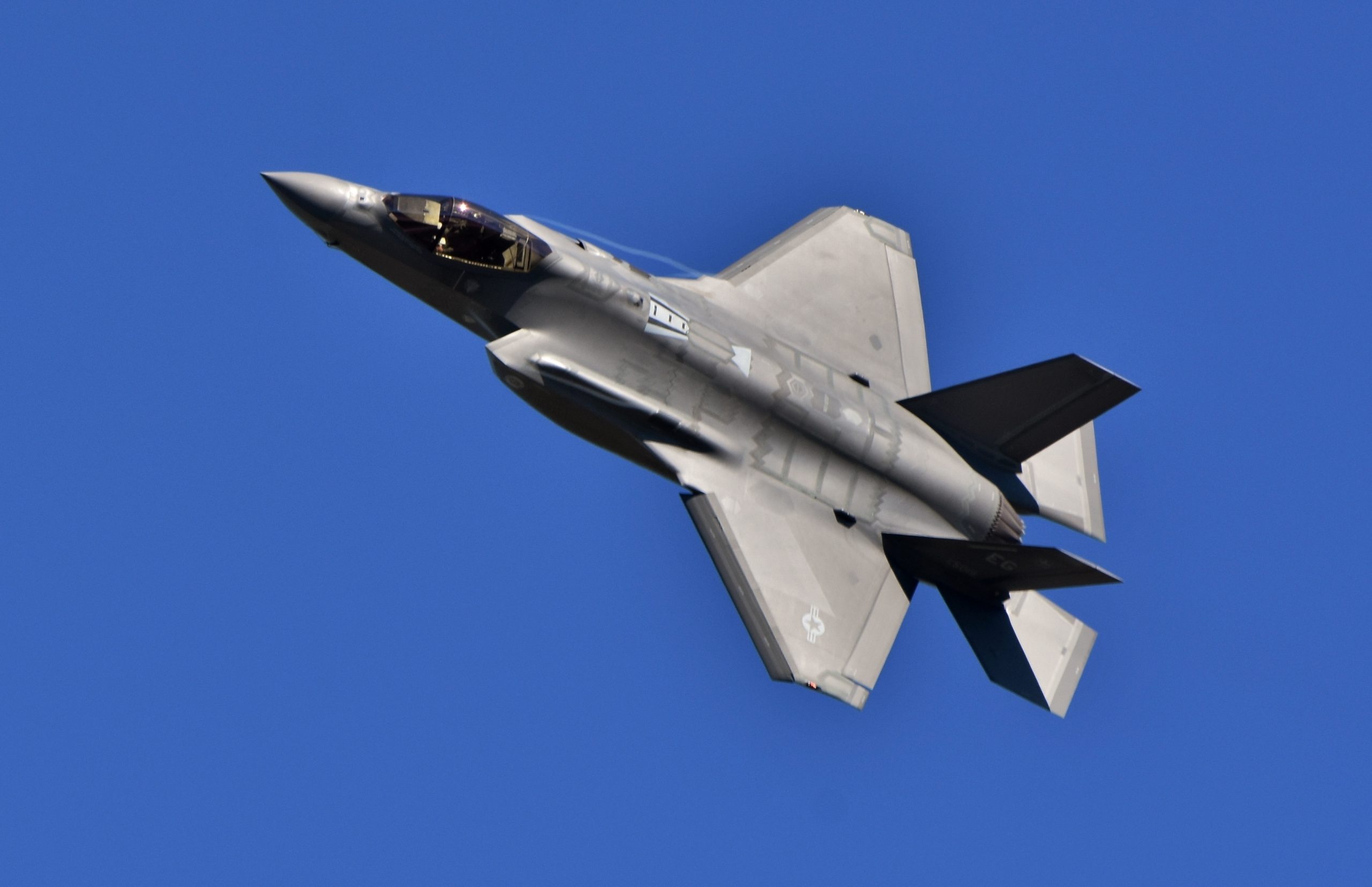

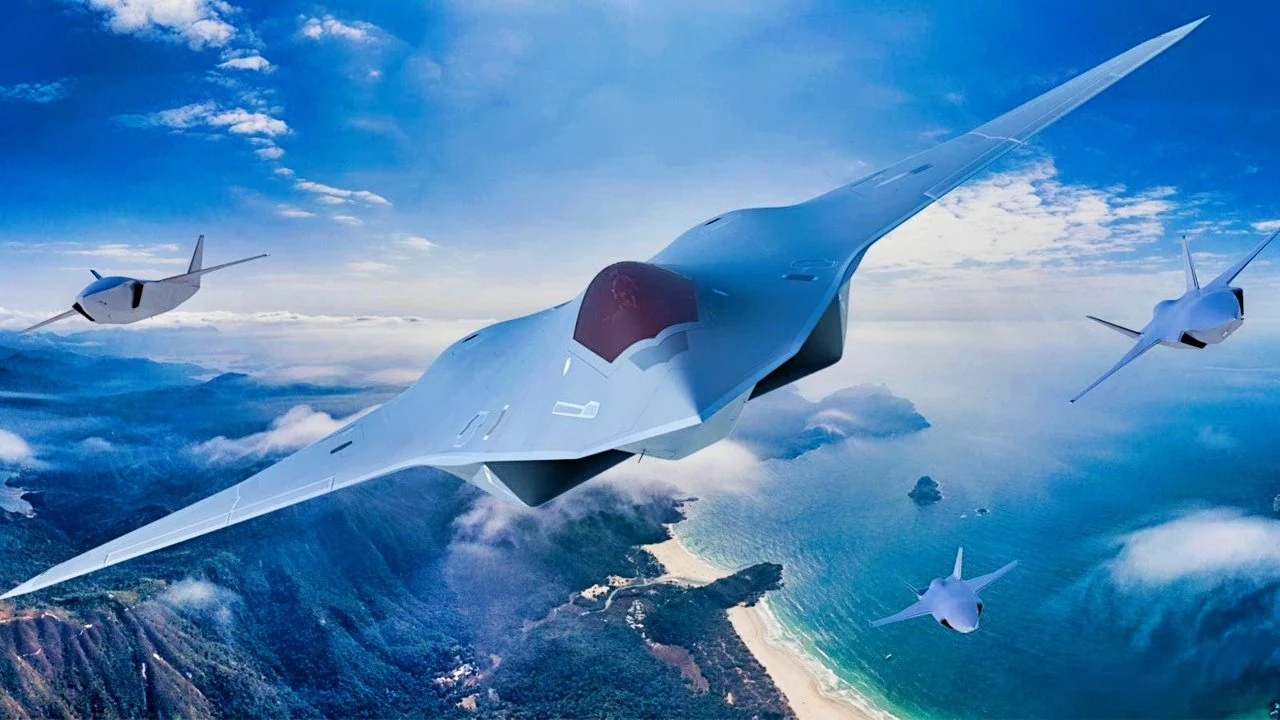
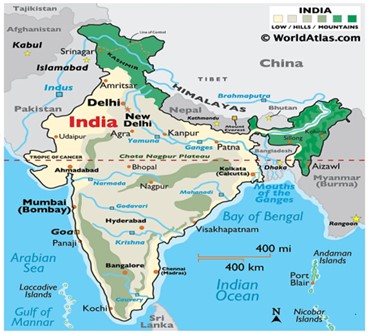
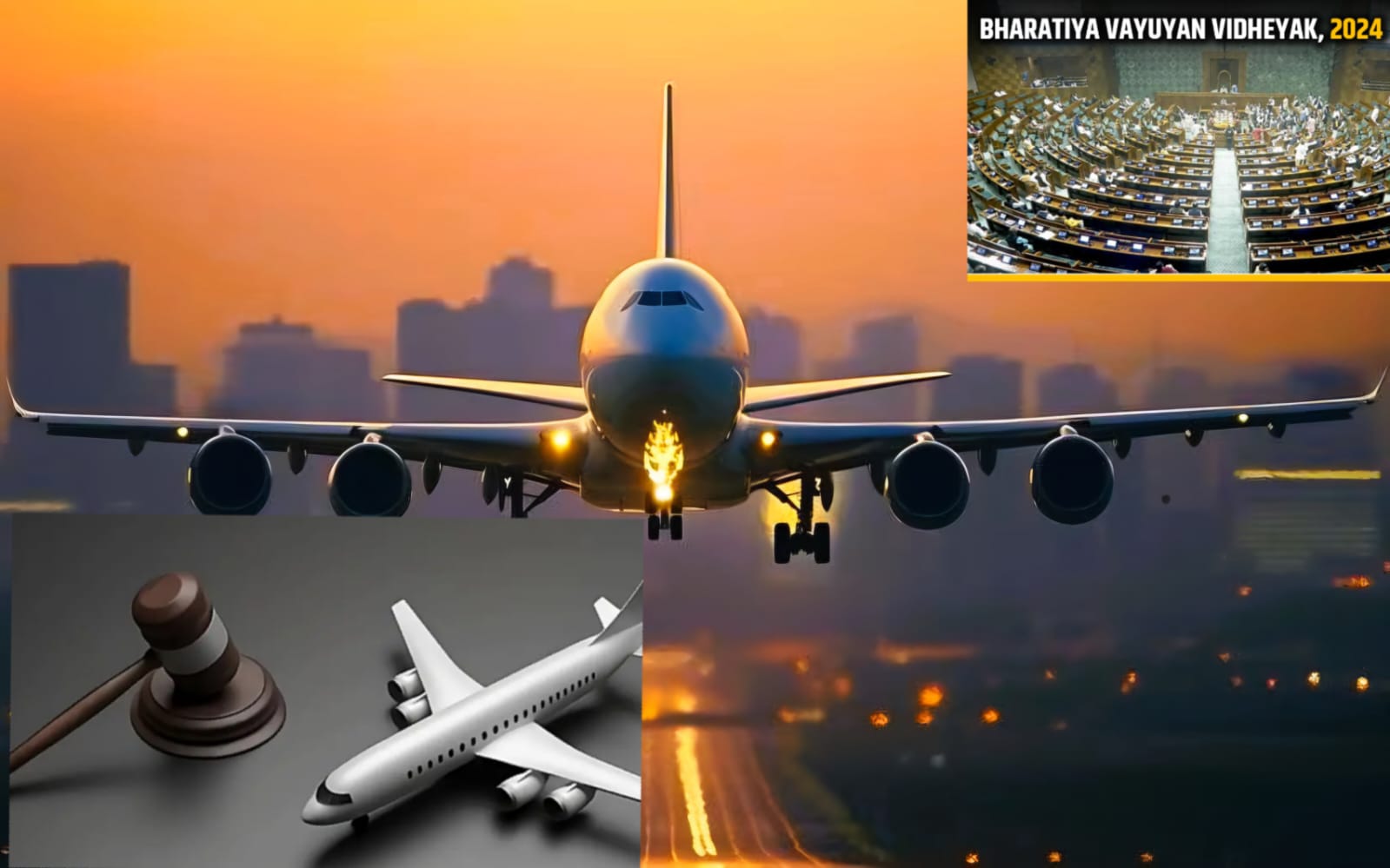






POST COMMENTS (8)
Ashish Popli
Atul Dewan
Cdr Deepak Singh
Emmanuel Prasad
Wendell Bruges
Aninda Mukherjee
Capt Arun kumar
Cdr Ramakrishnan Venkat